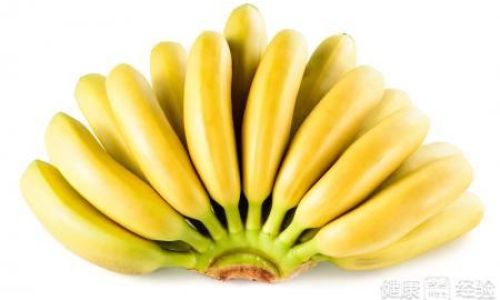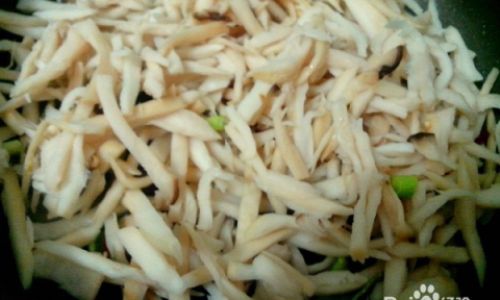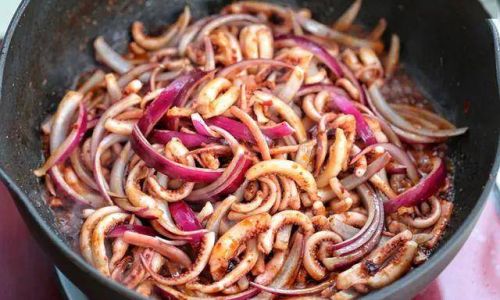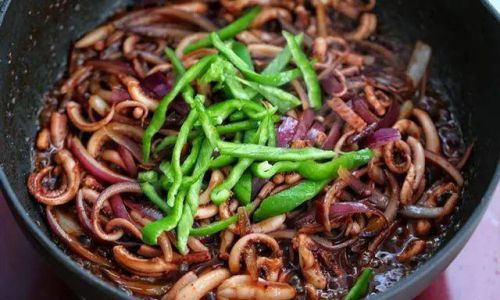Bananas, one of the world’s most beloved fruits, are celebrated for their convenience, sweet taste, and impressive nutritional profile. Rich in potassium, dietary fiber, vitamin C, and vitamin B6, they are a staple in diets globally. However, like any food, bananas come with considerations that, if overlooked, could lead to discomfort or health complications. This article delves into the critical precautions every individual should observe when incorporating bananas into their diet, ensuring optimal health benefits while minimizing potential risks.
Allergies and Sensitivities: A Rare but Serious Concern
While banana allergies are less common than allergies to nuts or shellfish, they can still pose significant health risks. Symptoms may range from mild oral irritation—such as itching or swelling of the lips, tongue, or throat—to severe anaphylaxis, a life-threatening reaction. Individuals with latex allergies are particularly prone to cross-reactivity with bananas due to similar proteins found in both. This condition, known as latex-fruit syndrome, can trigger allergic responses even in those who have previously consumed bananas without issue.

Precaution: If you experience unusual symptoms after eating bananas, such as hives, difficulty breathing, or gastrointestinal distress, consult an allergist immediately. Avoid banana consumption until diagnosed, and always carry an epinephrine auto-injector if advised by a medical professional.
Ripeness Matters: Balancing Taste and Digestibility
The stage of ripeness greatly influences a banana’s nutritional content and digestibility. Unripe bananas, characterized by green peels and firm flesh, contain higher levels of resistant starch, a carbohydrate that resists digestion in the small intestine. While this starch acts as a prebiotic, feeding beneficial gut bacteria, excessive consumption may lead to bloating, gas, or constipation, particularly in individuals with irritable bowel syndrome (IBS).
Conversely, overripe bananas, marked by brown speckles and soft texture, have converted most of their starch into simple sugars. While this makes them sweeter and easier to digest for some, the elevated sugar content may spike blood glucose levels, posing concerns for diabetics or those monitoring sugar intake.
Precaution: Opt for bananas with peels that are predominantly yellow with minimal brown spots for a balance of sweetness and digestibility. If sensitive to resistant starch, allow bananas to ripen fully before consumption.
Portion Control: Avoiding Excessive Calorie and Sugar Intake
A medium-sized banana (approximately 7–8 inches long) contains roughly 105 calories, 27 grams of carbohydrates, and 14 grams of naturally occurring sugar. While these values align with a healthy diet, overconsumption can contribute to weight gain or blood sugar imbalances, especially in individuals with diabetes or insulin resistance.

Precaution: Limit intake to one to two bananas daily, depending on your caloric and carbohydrate needs. Pair bananas with protein or healthy fats—such as almond butter or Greek yogurt—to slow sugar absorption and enhance satiety.
Medication Interactions: Potassium Overload Risks
Bananas are renowned for their potassium content, with a medium fruit providing about 422 mg of this essential mineral. While potassium supports heart and muscle function, excessive intake can harm individuals taking certain medications. For example, beta-blockers, commonly prescribed for hypertension, may elevate potassium levels in the blood. Combining these drugs with high-potassium foods like bananas could lead to hyperkalemia, a condition characterized by irregular heartbeats, muscle weakness, or nausea.
Similarly, individuals on potassium-sparing diuretics or ACE inhibitors should monitor their banana consumption.
Precaution: If you take medications affecting potassium levels, consult your healthcare provider to determine a safe daily intake. In most cases, limiting consumption to one banana per day is advisable.
Storage and Handling: Preventing Spoilage and Contamination
Bananas are highly perishable and sensitive to environmental conditions. Storing them improperly can accelerate ripening, invite mold growth, or attract pests.

- Room Temperature: Keep unripe bananas at room temperature, away from direct sunlight or heat sources, to allow gradual ripening.
- Avoid Refrigeration (Unless Overripe): Refrigerating unripe bananas halts ripening and may cause the peel to darken prematurely. However, ripe bananas can be refrigerated to extend shelf life by 5–7 days, though their peels may continue to brown.
- Separate from Ethylene-Sensitive Produce: Bananas emit ethylene gas, which can spoil ethylene-sensitive fruits like apples, avocados, and berries. Store them separately.
Precaution: Discard bananas with visible mold, excessive leakage, or an off-putting odor, as these may indicate spoilage or contamination.
Organic vs. Conventional: Pesticide Residue Concerns
Conventional bananas are often treated with pesticides to combat pests like thrips and mealybugs. While thorough washing can reduce surface residues, some chemicals may penetrate the peel. Organic bananas, grown without synthetic pesticides, offer a safer alternative for those concerned about chemical exposure.
Precaution: If opting for conventional bananas, peel them before consumption to minimize pesticide ingestion. Purchase organic varieties when possible, especially for children or pregnant individuals.
Cooking Methods: Preserving Nutrients
Bananas are versatile in culinary applications, from baking to smoothies. However, certain cooking methods—such as frying or excessive heating—can degrade heat-sensitive nutrients like vitamin C and B vitamins.
Precaution: Opt for gentle cooking methods like steaming or baking at low temperatures to retain nutritional value. Use overripe bananas in baking, as their soft texture and sweetness require less added sugar.

Special Populations: Tailoring Consumption
- Children: Bananas are a nutritious first food for infants, but cut them into small, manageable pieces to prevent choking.
- Elderly: Seniors with dental issues may find ripe, mashed bananas easier to consume.
- Pregnant Women: While bananas are safe during pregnancy, monitor intake to avoid excessive weight gain or gestational diabetes risks.
Precaution: Consult a pediatrician, geriatrician, or obstetrician for personalized guidance based on individual health needs.
Ethical and Environmental Considerations
The banana industry faces criticism for labor exploitation and environmental degradation, including deforestation and excessive pesticide use in monoculture plantations.
Precaution: Support brands certified by fair-trade organizations, which ensure ethical wages and working conditions. Choose bananas labeled as “Rainforest Alliance Certified” or “Fairtrade” to promote sustainability.
Misconceptions About Banana Peels: Edibility and Uses
While banana peels are not toxic, they are fibrous and bitter, making them unpalatable for most. However, some cultures cook peels to soften their texture, using them in stews or curries. Nutritionally, peels contain antioxidants and additional fiber but may harbor pesticide residues if not organic.
Precaution: Avoid eating raw banana peels unless prepared properly. If experimenting with cooked peels, use organic bananas and wash them thoroughly.

Banana Consumption and Kidney Health
Individuals with chronic kidney disease (CKD) must monitor potassium intake, as impaired kidneys struggle to eliminate excess minerals. A single banana provides roughly 10% of the daily recommended potassium intake for healthy adults, which may be excessive for those with advanced CKD.
Precaution: If you have kidney issues, consult a renal dietitian to determine a safe potassium limit and adjust banana consumption accordingly.
Conclusion
Bananas are a nutrient-dense, convenient, and delicious addition to most diets. However, mindful consumption—considering ripeness, portion sizes, medical conditions, and ethical implications—is key to reaping their benefits without adverse effects. By adhering to these precautions, you can enjoy bananas as part of a balanced, health-conscious lifestyle while respecting individual health needs and environmental sustainability. Whether eaten raw, blended into a smoothie, or baked into a treat, bananas remain a versatile fruit when approached with awareness and moderation.





0 comments